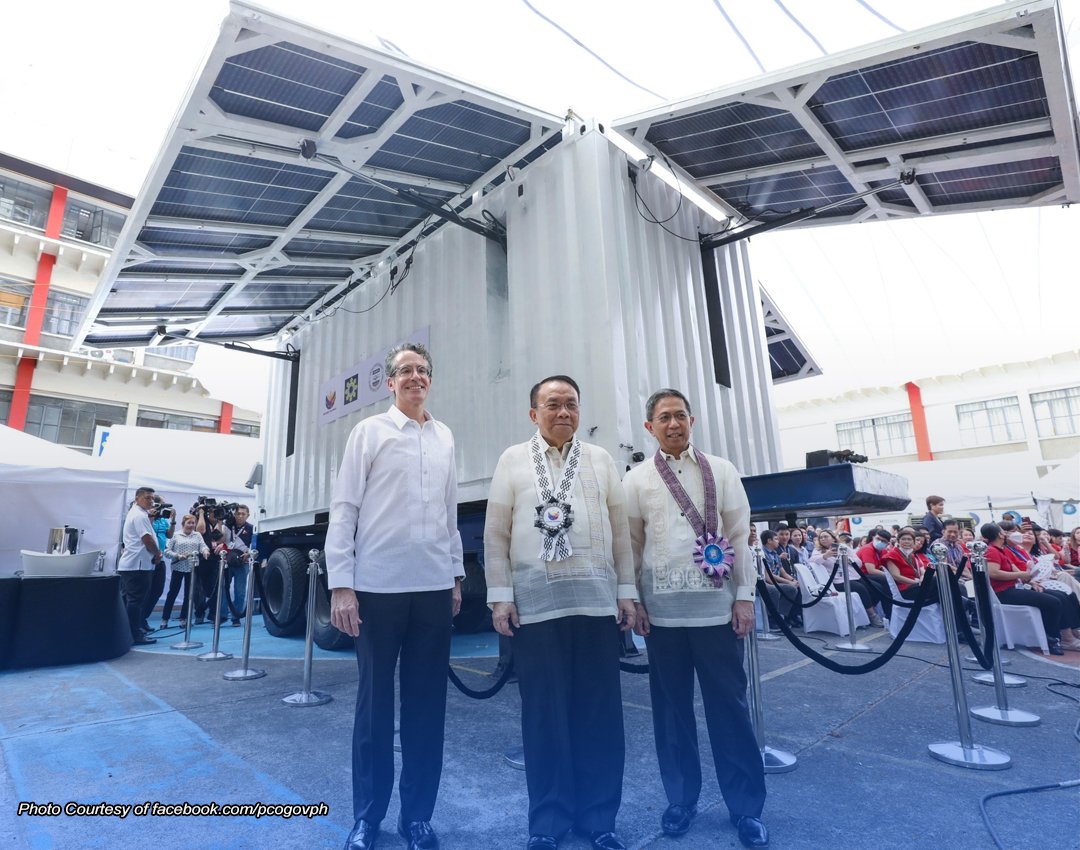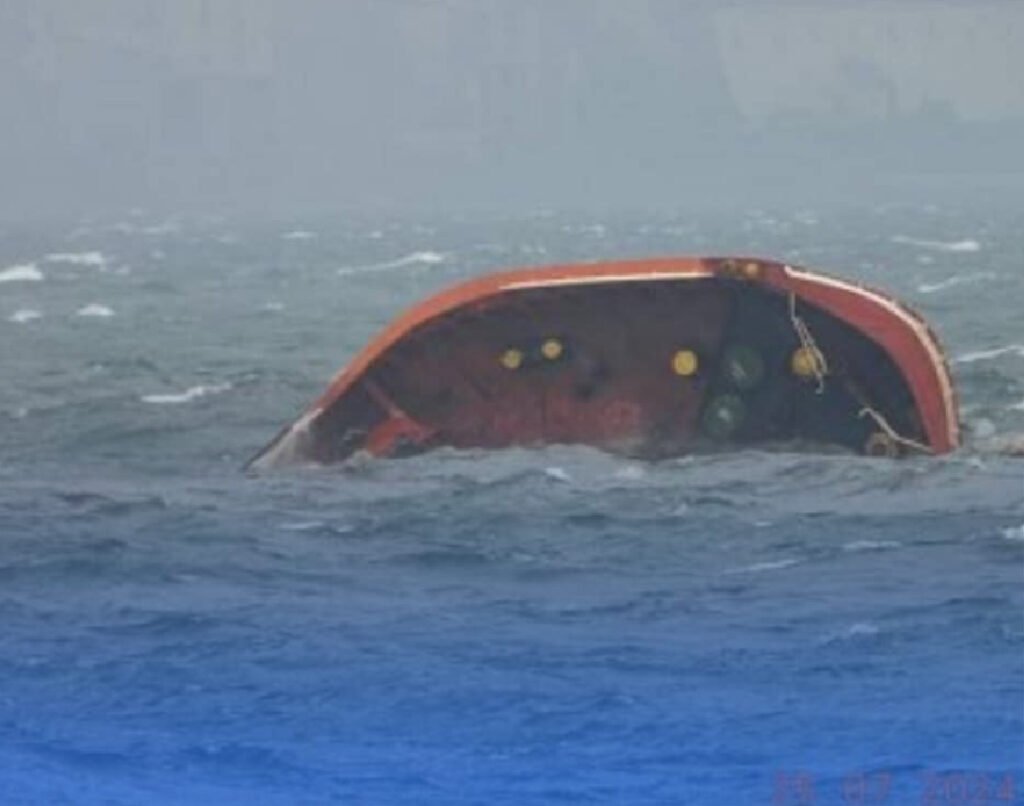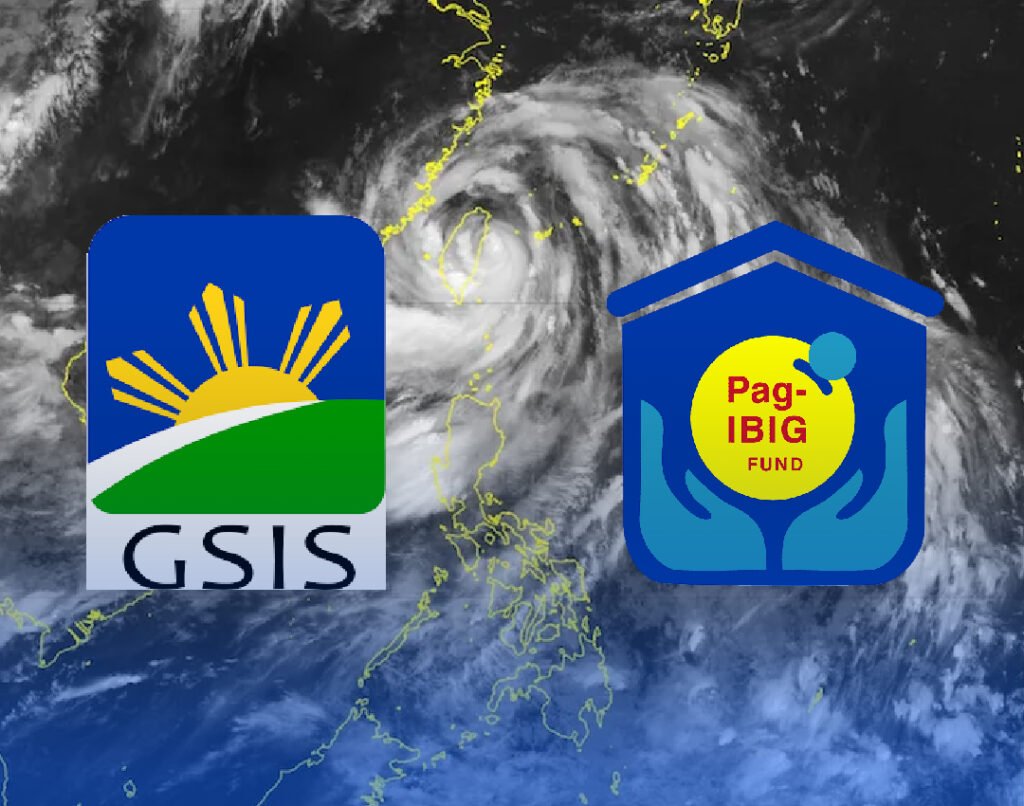NAKATAKDANG ikasa ng gobyerno ang pilot run ng Mobile Energy System (MES) sa typhoon-prone municipalities sa Cagayan Province.
Layon nito na mapahusay ang katatagan ng bansa laban sa sakuna.
Sa naging mensahe ni Pangulong Ferdinand Marcos Jr., sinabi nito na umaasa ang pamahalaan na ang kasalukuyang “energy challenges” ay mapagtatagumpayan sa pamamagitan ng “technology and innovation.”
“We will hold the pilot run of the MES in the typhoon prone municipalities of Sta. Ana and Lal-lo in Cagayan Province. MES units will also be distributed to various government agencies, showing our commitment to improve government services in times of crisis,” ang bahagi ng naging mensahe ng Pangulo na binasa ni Executive Secretary Lucas Bersamin sa isinagawang ceremonial launching ng Energy Sector Emergency Operations Center (ESEOC) at symbolic turnover ng miniature MES sa Energy Centers sa Bonifacio Global City, Taguig City.
“These remarkable undertakings of innovation demonstrate how we capitalize on technological advancements and how we can provide proactive solutions to the energy challenges that beset our country.” ayon sa Punong Ehekutibo.
“There is no doubt that these innovations will help in terms of guaranteeing power supply when it is needed most, especially during calamities, noting relief, response and reconstruction are not possible without available power, aniya pa rin.
“Without electricity, hospitals cannot treat the injured, food is spoiled, and communication is cut off,” ang sinabi pa ni Pangulong Marcos.
Idagdag pa rito ang availability ng kuryente na magbibigay katiyakan sa mga tao na magiging maayos ang lahat.
Nagpahayag naman ng pasasalamat ang Pangulo sa United States Agency for International Development (USAID) sa pagbabahagi ng “resources at expertise” nito para sa mga proyekto at maging sa Department of Energy (DOE) para sa pagdadala sa mga proyekto sa tagumpay para mapahusay pa ang katatagan ng Philippine energy systems.
“The ESEOC, a centralized energy command hub equipped with the latest technological innovation from Europe and US, will enable the DOE to spearhead coordinated disaster response process and system, offering clear guidance on prevention or mitigation of disruptions in the delivery of essential electricity services to affected areas,” ayon sa ulat.
Sa kabilang dako, ang MES ay dinisenyo para “to improve energy access in remote communities and strengthen resilience during natural disasters and cyber threats to power utilities.”
“It is tailored fit to users’ needs to create a wide base for use across various sectors, including health facilities, education, telecommunications, financial institutions, and commercial and industrial enterprises, as well as off-grid particularly unserved remote communities,” ayon pa rin sa ulat.
Ang dalawang bagong Inisyatiba ay dinisenyo para tugunan ang pangangailangan para maging matatag ang energy infrastructure at kakayahang tumugon sa panahon ng krisis at bahagi ito ng USAID US$34 million Energy Secure Philippines activity kasama ang Philippine government.
Nauna rito, tinurn over naman ng USAID ang 8 solar-powered MES units sa DOE, na ipamamahagi naman sa iba’t ibang ahensya ng gobyerno at local government units (LGUs).
Ang bawat unit ay mayroong 50kWh battery storage at kapag fully charge, maaari nitong paganahin ang dalawang television sets, dalawang air-conditioning units, 10 light bulbs, dalawang desktop computers, dalawang laptops, limang phone chargers, limang electric fans, at isang internet modem sa loob ng 12 oras.
“An average of 20 tropical cyclones enters the Philippine Area of Responsibility (PAR) each year, with five of them being the most destructive,” ayon naman sa Philippine Atmospheric, Geophysical, and Astronomical Services Administration (PAGASA).
(CHRISTIAN DALE)
 62
62




